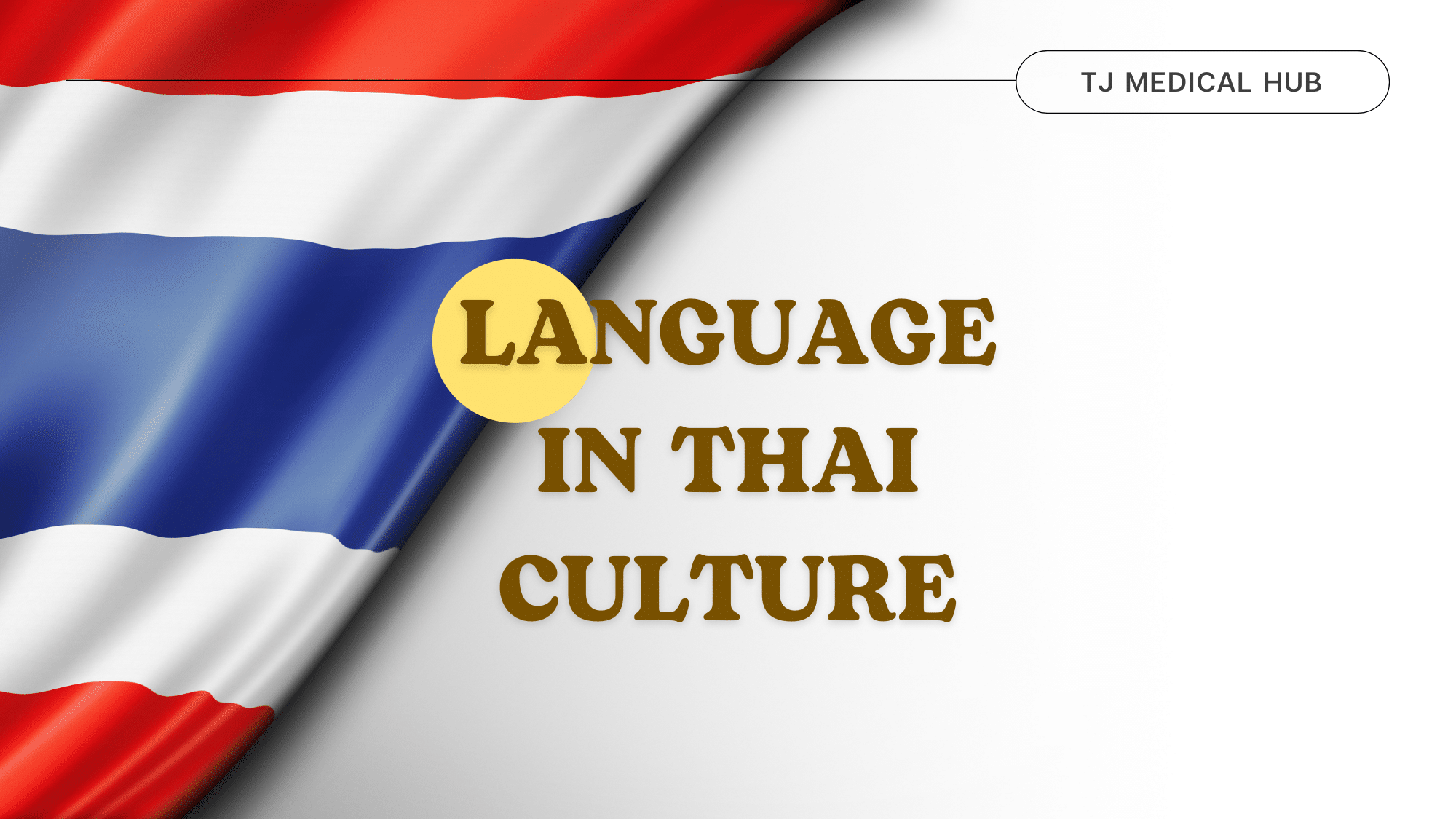Thailand’s official language is Thai, spoken extensively nationwide. In major cities and tourist hubs like Bangkok, Chiang Mai, and Phuket, many Thais communicate in English, catering to foreign visitors. While other European and Asian languages are less common, they are prevalent in areas frequented by specific nationalities.
Learning the Thai language can be a rewarding yet challenging endeavor. Thai features five tones (high, mid, low, rising, and falling), with tone variations altering word meanings. Pronunciation, especially for those unfamiliar with tonal languages, can pose difficulties when attempting to speak Thai.
Written Thai is based on an alphabet adapted from Khmer influence and standardized during the Sukhothai period. It comprises 44 consonants, 18 vowels, and 4 tonal diphthong notations. Reading Thai can be even more intricate than speaking it, as word pronunciation doesn’t follow a linear progression, and spaces aren’t used between words.
Fortunately, road signs are bilingual (in Thai and English), and tourist areas often provide multilingual maps, menus, and literature. Foreigners may face challenges in correctly pronouncing Thai words due to transliteration variations. For instance, “Phuket” is pronounced “poo-ket,” contrasting with English pronunciation. The absence of an official standard for transliteration can lead to different spellings on maps and signs.
The Beauty of Language in Thai Characters

The Thai script is a visual masterpiece, known for its graceful curves and intricate details. It comprises 44 consonants, 18 vowels, and four tonal marks, and is written from left to right. Each character tells a story of Thailand’s rich history, influenced by ancient Khmer scripts. The elegance of Thai characters isn’t confined to their appearance; they carry the essence of a culture known for its warmth and hospitality. Learning a few basic characters can open doors to deeper cultural appreciation and connections with the Thai people. Explore the artistry and meaning behind each stroke of Thai script, and you’ll uncover the heart and soul of this enchanting nation.
Some useful phrases
| ENG | THAI |
|---|---|
| Hello | “Sawasdee” (สวัสดี) |
| Thank You | “Khob Khun” (ขอบคุณ) |
| Yes | “Chai” (ใช่) |
| No | “Mai Chai” (ไม่ใช่) |
| Please | “Karuna” (โปรด) |
| Excuse me / Sorry | “Khor Thod” (ขอโทษ) |
| How much is this? | “Rakha tao rai?” (ราคาเท่าไร) |
| I don’t understand | “Mai Khao Jai” (ไม่เข้าใจ) |
| I need help | “Chuay duay” (ช่วยด้วย) |
| Where is…? | “Thang Nai…?” (ที่ไหน…?) |
| My name is [Your Name] | “Chawn Choo [Your Name]” (ฉันชื่อ [Your Name]) |
In conclusion, understanding and embracing the linguistic and cultural diversity of Thailand can greatly enhance your experience in the Land of Smiles. While the Thai language presents its unique challenges, the welcoming nature of the Thai people and the prevalence of English in major cities and tourist areas make communication more accessible.
Thailand, like many other countries, adheres to typical business hours, with a few unique cultural nuances:
Whether you’re expressing gratitude with a “Khob Khun” or seeking directions with a polite “Thang Nai…?“, these useful phrases can bridge gaps and foster meaningful interactions during your time in Thailand. As you explore this beautiful country, may these phrases become your companions in connecting with the locals and immersing yourself in the vibrant Thai culture.


